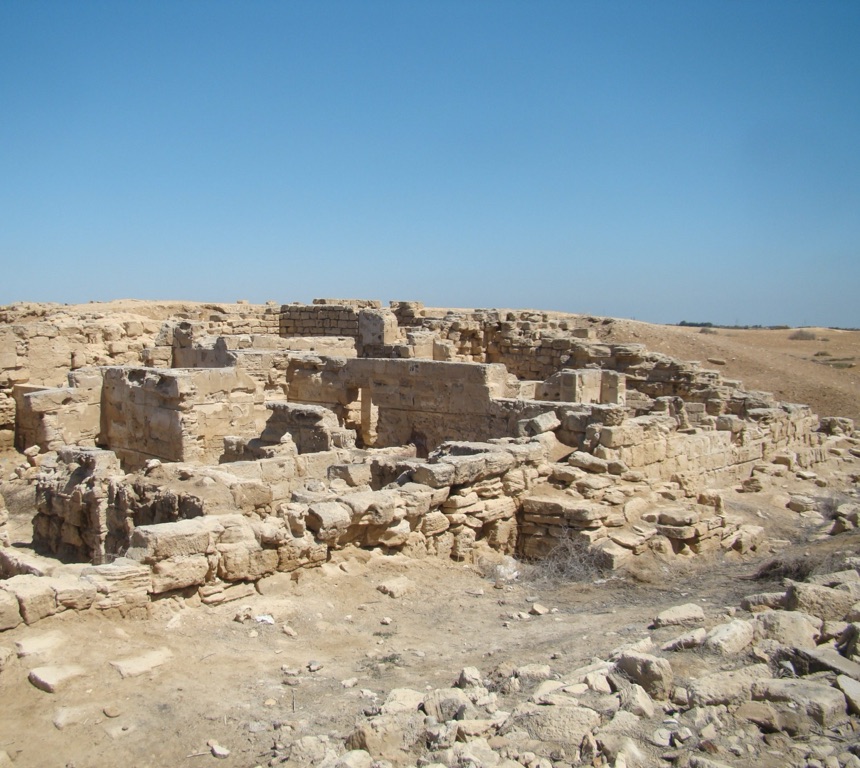Abu Mena is an ancient Christian holy city located in the desert of Egypt, approximately 45 kilometers southwest of Alexandria. The city was named after the martyr Saint Menas of Alexandria, who was a soldier in the Roman army and was executed for his Christian faith. The city became a place of pilgrimage after his death, with many people visiting to seek healing at the holy well. The city contains many archaeological structures, including a large basilica, an amphitheatre, houses, workshops, and public baths. The site was designated as a UNESCO World Heritage site in 1979 due to its cultural significance, but it is currently on the List of World Heritage in Danger due to threats from water damage.
Get your dose of History via Email
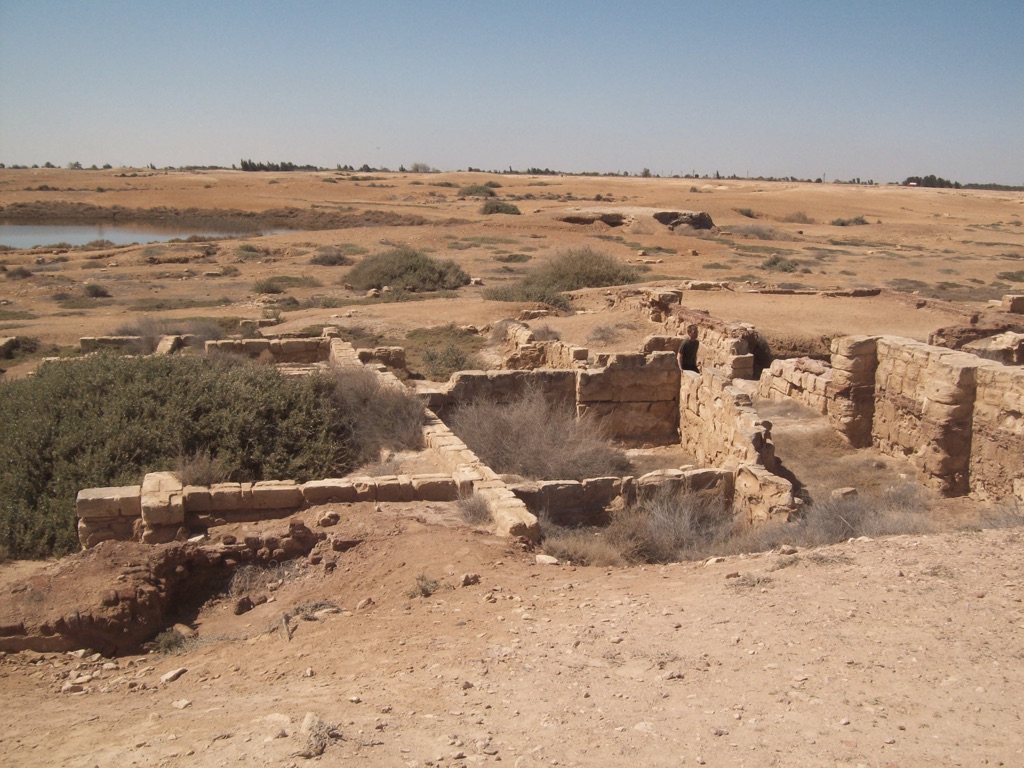
What is the historical significance of Abu Mena and what civilizations have inhabited it?
Abu Mena holds a significant place in the history of early Christianity. The city was founded in the late 4th century AD as a pilgrimage center, following the martyrdom of Saint Menas. It is believed that the martyr’s remains were brought back from Phrygia to his native Egypt and buried at the site of Abu Mena. The city was inhabited by early Christian communities and later by Byzantine civilizations. The city was abandoned in the 7th century after the Arab conquest of Egypt.
The historical significance of Abu Mena is also tied to its role as a healing center. The holy well at the site was believed to have healing properties, attracting pilgrims from far and wide. The site also housed a complex of buildings, including hostels and baths, to accommodate the pilgrims.
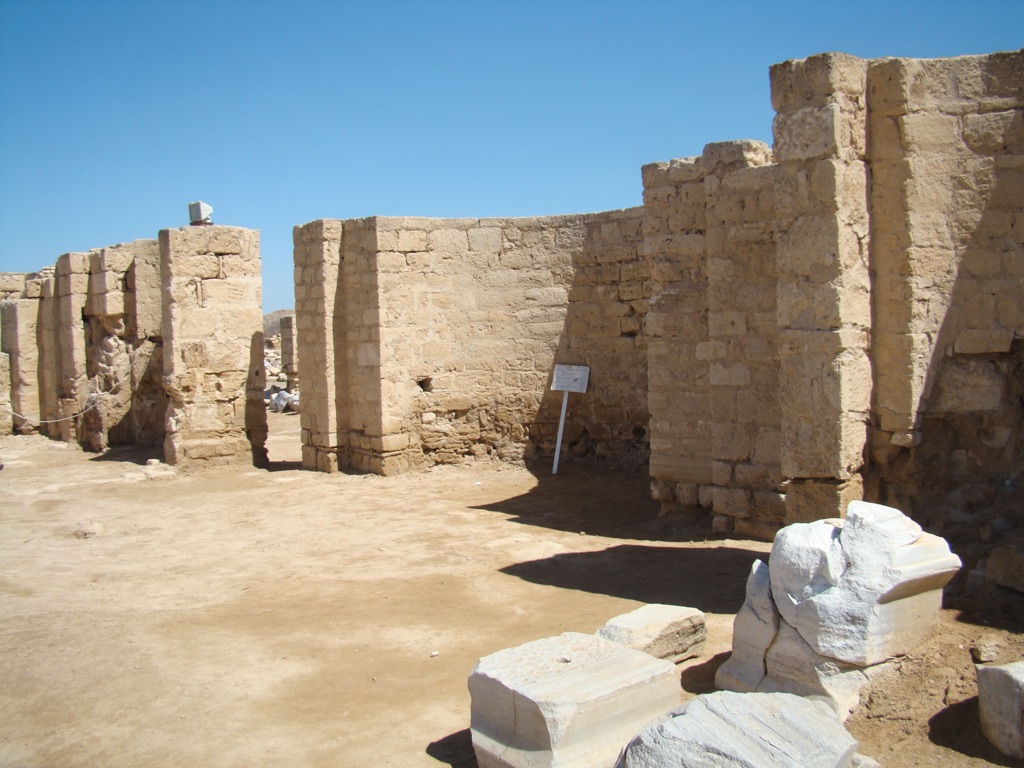
What are some of the key archaeological discoveries that have been made at Abu Mena?
Numerous archaeological discoveries have been made at Abu Mena, providing valuable insights into early Christian life and architecture. The site includes a large basilica, a baptistery, an amphitheater, public baths, and various residential and commercial buildings.
The basilica, believed to be built over the tomb of Saint Menas, is one of the key archaeological structures at the site. The discovery of thousands of small terracotta bottles, known as “Menas flasks”, is another significant find. These flasks, often found with inscriptions or images of Saint Menas, were likely filled with holy water from the site and taken back by pilgrims as relics.
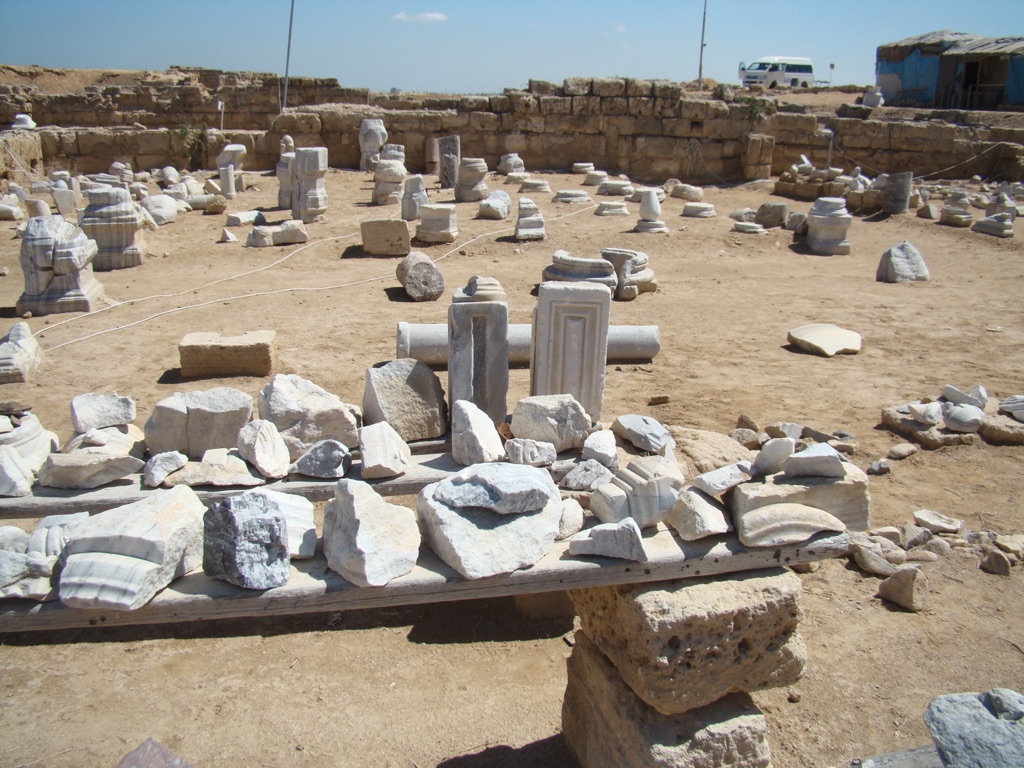
What efforts are being made to preserve and protect the archaeological site of Abu Mena for future generations?
Abu Mena is currently on the List of World Heritage in Danger due to threats from water damage. The rise in the water table has led to the dissolution of the clayish soil, causing several buildings to collapse or become unstable.
Efforts are being made by the Egyptian government and international organizations to preserve and protect the site. These include drainage works to lower the water table and stabilization works to prevent further collapse of buildings. There is also ongoing archaeological research and excavation to document and understand the site’s historical and cultural significance.
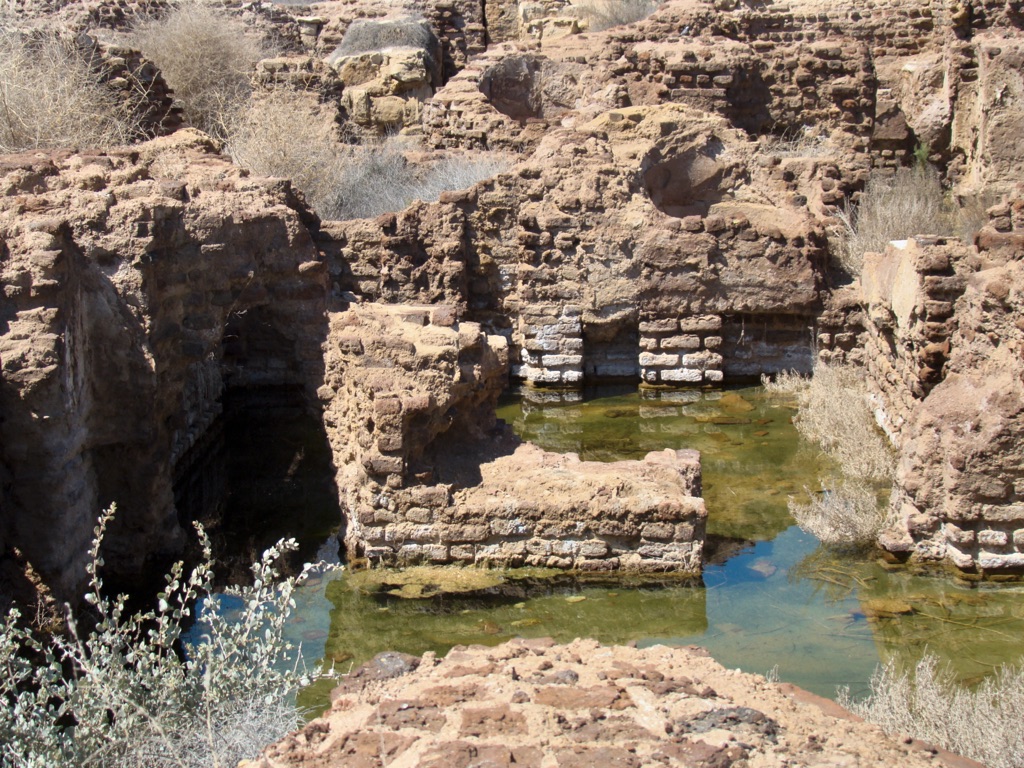
How did the religious practices and beliefs at Abu Mena influence the culture and society of the time?
The religious practices and beliefs at Abu Mena had a profound influence on the culture and society of the time. The site was a major pilgrimage center, attracting Christians from across the Roman Empire. The belief in the healing powers of the holy well at Abu Mena contributed to the site’s popularity and led to the development of a thriving community.
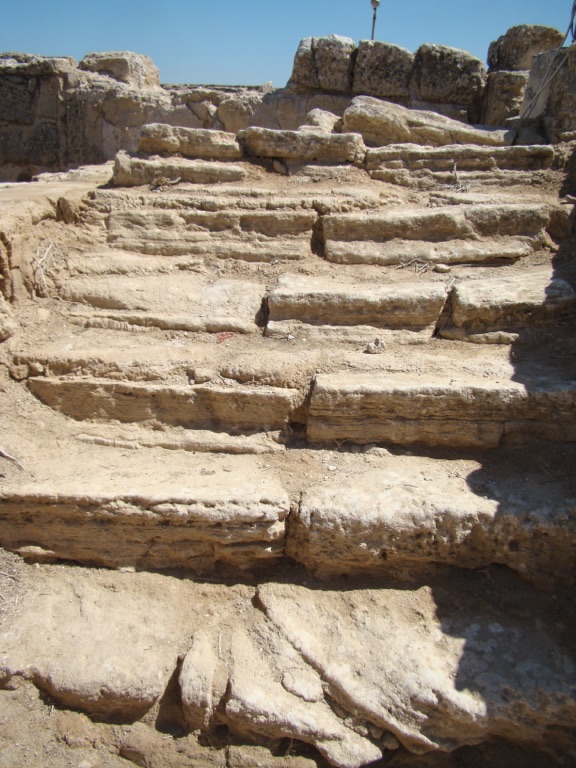
The influence of Abu Mena extended beyond the spiritual realm. The site was a hub of economic activity, with workshops producing goods for the pilgrims, and hostels and baths providing services for the visitors. The cultural exchanges that took place at Abu Mena also had a significant impact, contributing to the spread of Christian ideas and practices.
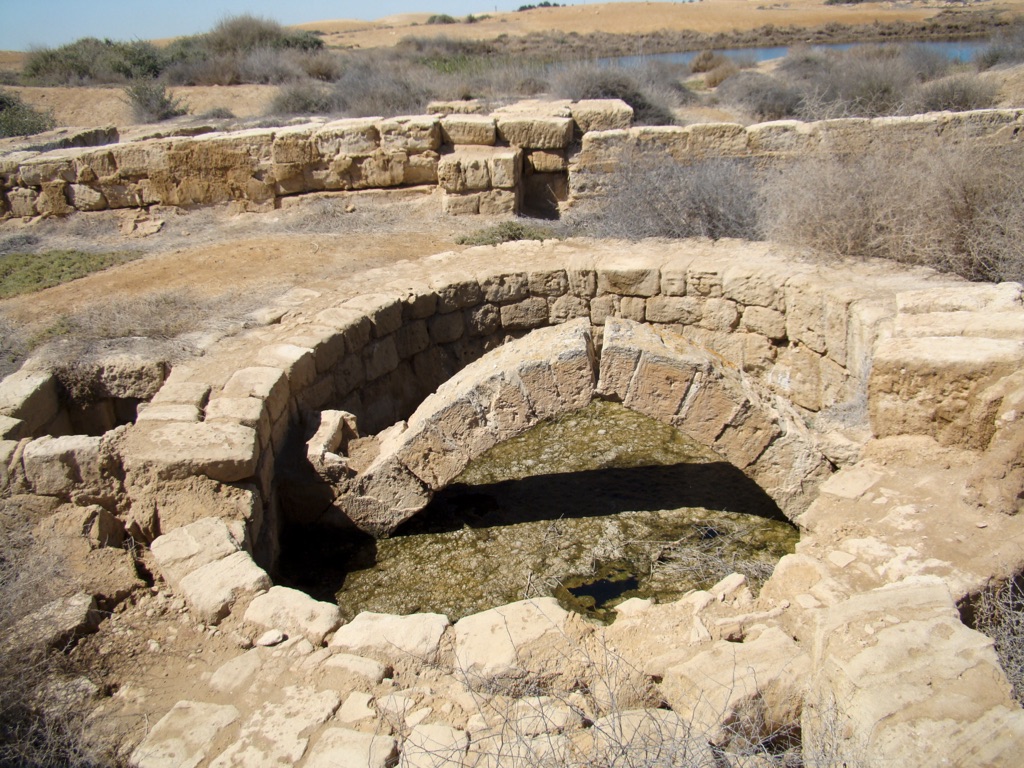
Why is it considered a UNESCO World Heritage site, and what criteria did it meet for this designation?
Abu Mena was designated as a UNESCO World Heritage site in 1979 due to its cultural significance. The site met two of the criteria for this designation. First, it represents a masterpiece of human creative genius, as evidenced by the architectural and artistic works found at the site. Second, it provides exceptional testimony to a cultural tradition, in this case, early Christian pilgrimage.
The designation recognizes the universal value of Abu Mena and calls for its protection and preservation for the benefit of all humanity.
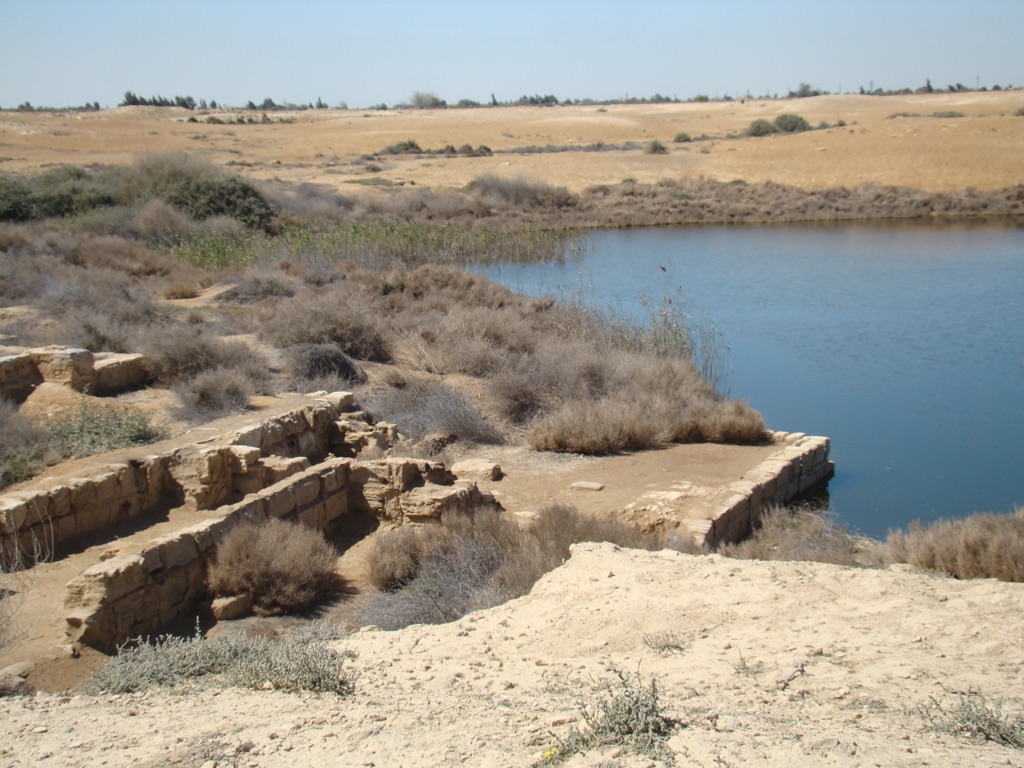
Conclusion and Sources
Abu Mena is a significant archaeological site that provides a unique glimpse into early Christian life and pilgrimage. Despite the threats it faces, efforts are being made to preserve and protect the site for future generations. The site’s designation as a UNESCO World Heritage site underscores its universal cultural significance.
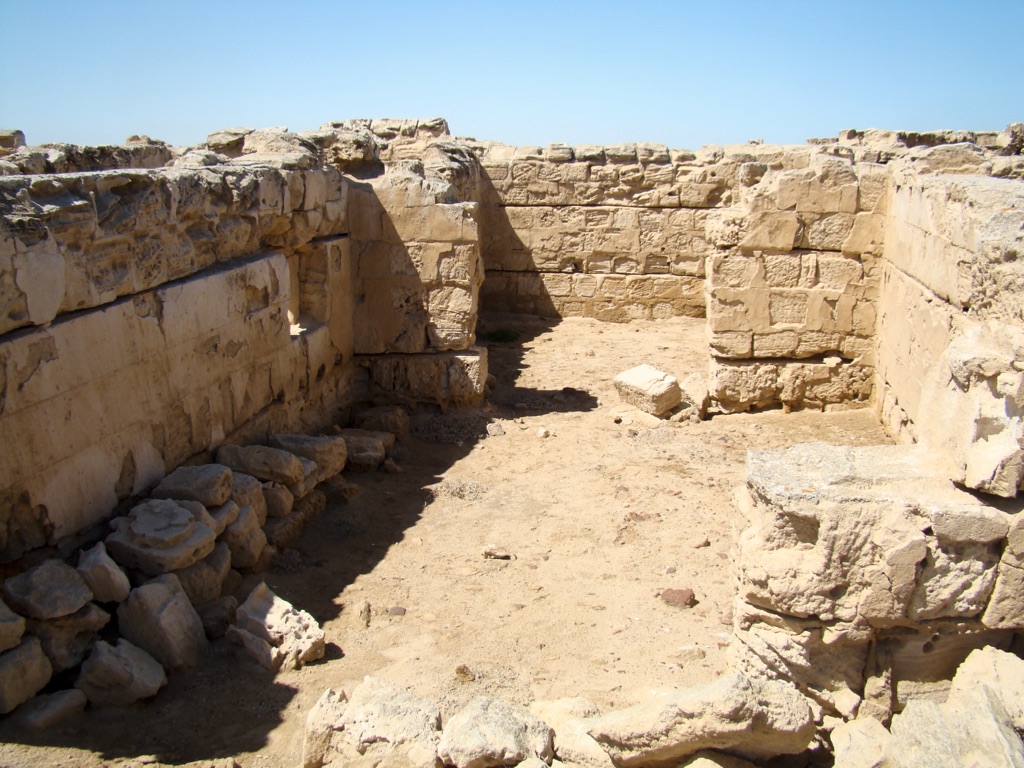
For further reading and to validate the information presented in this article, the following sources are recommended:

